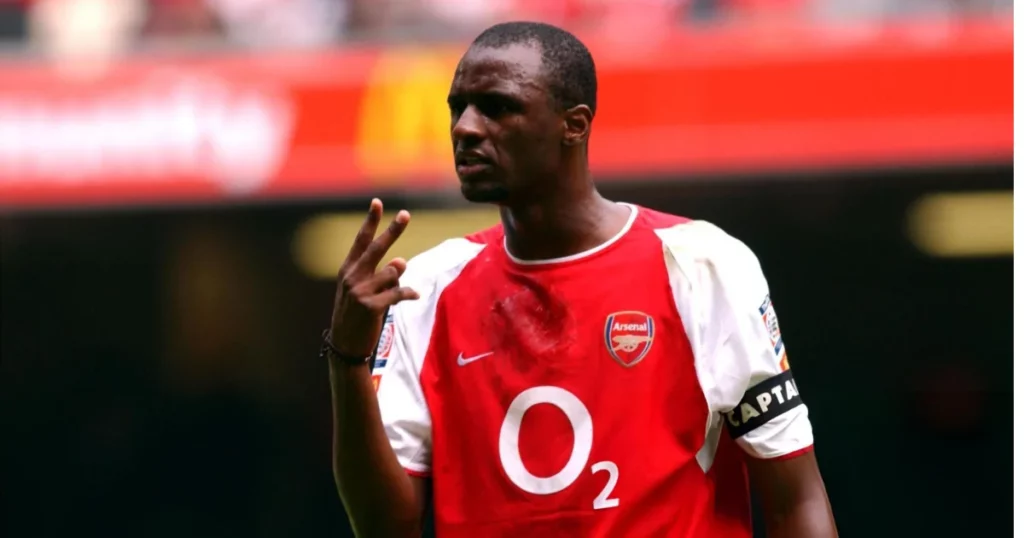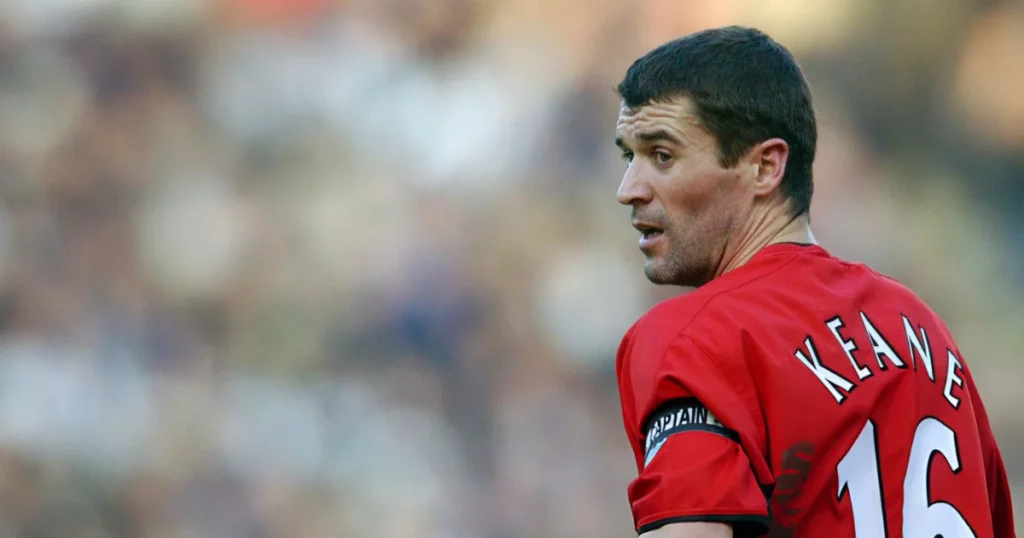CDM is a crucial position in soccer. It stands for Central Defensive Midfielder and as the name suggests, a CDM sits at the heart of a team’s lineup.
A CDM is tasked with providing defensive cover to the backline and the team in general. They sit in the deepest position in midfield and look to stop any potential attacks from the opposition while also keeping things clicking for their own side.
In modern soccer, the CDM soccer position has seen a major evolution. In the past, the said player was known to be in the mold of a ‘destroyer’ who is a strong, powerful runner and can tackle well. However, in modern soccer, they also need to have good ability on the ball for various phases of the game.
So, let’s take an in-depth look at the CDM position in soccer.
CDM soccer position meaning

CDM stands for Central Defensive Midfielder. The acronym has become common in recent history as the player in this position was just known as a central midfielder in the past.
The main role of a player in this position is to protect the team from opposition attacks, provide a solid base for midfield, connect defense and midfield, and finally, keep things ticking in possession. Let’s go through these roles in detail:
Also Read:
Defensive responsibilities
The main job of a defensive midfielder is to provide defensive cover for the team. While the goalkeeper and the defense are tasked with not conceding a goal, a CDM plays a huge role in it.
A good defensive midfielder can sense danger during build-up and stop it in midfield itself. They are adept at tackling, intercepting, and clearing the ball during the build-up itself. They need to have a great ability to sense danger and position themselves accordingly.
Many times, a defensive midfielder can even sit between the two centre-backs or cover for one of the defenders when they are out of position or to provide more cover.
Connect defense and midfield
Another big role for a CDM in soccer is to connect defense and midfield. This could work both in and out of possession. They are generally one of the leaders in the team and need to coordinate well with the midfield and defense to maintain their positioning and mark their man.
In possession, a CDM keeps things ticking for their side. They aren’t generally the most creative players but need to make short passes around to maintain possession and even start attacks. In modern soccer, they are required to be adept at evading pressure, which could take opposition players out of the equation and help their side build an attack.
A big reference for this role is Sergio Busquets. During his prime at Barcelona, he was one of the most press-resistant CDMs in world soccer. He evaded pressure well and made simple passes to the likes of Andres Iniesta and Lionel Messi to work their magic.
Attacking responsibilities
In modern soccer, the role of CDM isn’t limited to just providing defensive cover to the team. While the basics of being good at tackling, intercepting, clearing, etc. apply, a modern CDM also needs to be able to contribute in other ways, especially in attack.
The biggest example of one such player is Manchester City and Spain football Rodri. He not only breaks down opposition attacks but starts them for their own team as well. Modern-day defensive footballers need to be excellent on the ball and have a good passing range. They need to be press-resistant and have a good passing range.
In some teams, the defensive midfielders are also given the freedom to move forward, join in attack, and take shots at goal. Rodri is again a big example of this, having accumulated a good number of goals and assists in his career so far.
Leadership

This is not an essential requirement but many defensive midfielders over the years have been great leaders. They sit in the middle of the park and can see the game pan out in front of them. However, unlike a goalkeeper, they are also involved in the action and can communicate effectively with the rest of the team.
Moreover, CDMs are generally known to be tough players and can be strict and demanding with other players on the pitch, if needed. Roy Keane is a great example of this as he’s known as one of the best captains in Premier League history. He commanded respect from his players, was known for his tough demeanor, and was an excellent player in the middle of the park.
5 Best CDMs in soccer history
Talking about CDMs, let’s take a look at some of the best in the position. These players have not only dominated the position but also helped their respective teams win numerous trophies during their careers. The following list is in no particular order.
Patrick Vieira
Viera is widely regarded as one of the best defensive midfielders in Premier League history. He was a key player for the Arsenal side that won numerous trophies under Arsene Wenger. He made 405 appearances for the Gunners, winning three Premier League trophies, including the ‘Invincibles’ one in the 2003-04 season.
He also won five Serie A trophies with Inter Milan (4) and AC Milan (1) among numerous other trophies with multiple clubs.
Roy Keane
Roy Keane is not only regarded as one of the best defensive midfielders in Premier League history but also one of the best captains. He led Manchester United brilliantly for a large chunk of his around 13-year stay at the club, winning multiple trophies.
Keane made 475 appearances for the Red Devils and also contributed 51 goals and 39 assists. He won seven Premier League titles, and one UEFA Champions League trophy, among other honors.
Also Read: Sir Alex Ferguson’s best signings at Manchester United
Sergio Busquets
Sergio Busquets is widely regarded as one of the best defensive midfielders of all time, it not the best. He changed how the position was viewed during his career. He was incredibly press-resistant and calm and composed on the ball. He was an excellent passer and a key member of Barcelona and Spain’s most dominant phase.
Busquets made over 700 appearances for the Blaugrana, scoring 18 goals and providing 46 assists. He won 9 La Liga titles, three UEFA Champions League trophies, one FIFA World Cup, and numerous other trophies in his career.
Claude Makelele
Claude Makelele revolutionized the role of a defensive midfielder so much that many regard the position as the ‘Makelele position’. He was a sensational player, who plied his trade for the likes of Chelsea and Real Madrid.
Makelele made around 200 appearances for Chelsea and around 150 for Real Madrid, winning one UEFA Champions League, two La Liga titles, and two Premier League titles, among numerous other honors.
Xabi Alonso
He wasn’t the typical defensive in terms of being a combative tough player. Xabi Alonso could still make a tackle and intercept play. He was brilliant at reading the game but his USP was his passing range. Alonso could pick out a pass from anywhere, be it short passing or long balls.
The Spaniard played for some huge clubs like Liverpool, Real Madrid, and Bayern Munich and became an iconic figure at all three. He made over 700 appearances for club and country, winning one FIFA World Cup, two Champions League trophies, and two Euros, among numerous other honors.
FAQs
Q. What is the CDM position in soccer?
A. CDM stands for ‘Central Defensive Midfielder’ position in soccer.
Q. What is the difference between CDM and CAM?
A. CDM is a defensive midfielder while CAM is an attacking midfielder. A CDM sits deeper in midfield and their primary job is to help in protecting the backline while a CAM’s primary job is to help in attack.
Q. Is CDM is a good position?
A. CDM is a crucial position in soccer and the role and only evolved in recent times.
Also Read: What is the CAM Soccer Position? Explained
